Now Reading: Best Places to Visit in Kamrup Metro – Temples, Wildlife & Cultural Landmarks
-
01
Best Places to Visit in Kamrup Metro – Temples, Wildlife & Cultural Landmarks

Best Places to Visit in Kamrup Metro – Temples, Wildlife & Cultural Landmarks
1.Aswaklanta Temple
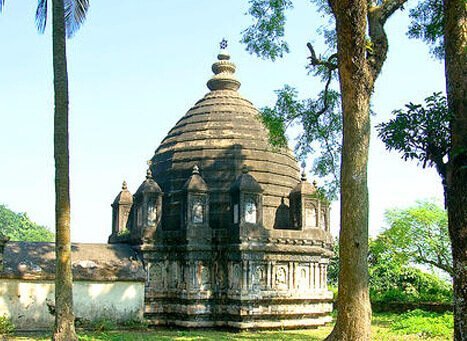
Aswalkanta Temple is located by the side of the giant Brahmaputra River in the district of kamrup of Assam. Aswaklanta is located close to Guwahati, the capital city of Assam and draws many visitors to the area. Ahom King Shiva Singha constructed this temple 250 years ago in the year 1720 AD. Legend has it that when Lord Krishna was pursuing Narakasura, he took a halt at this place to allow his exhausted horses to rest. Therefore, the temple derives its name as Aswaklanta because it signifies that the Lord’s horses felt exhausted in this place. it’s said that Arjuna decided to remain near this place as a ploy to ensure that his son Abhimanyu would meet his fate during the battle. As a result, the place was known as Abhi-kranta but over time it changed to Aswaklanta. A huge earthquake in 1897 destroyed most of the temple but under the leadership of Viceroy Lord Curzon the structure was restored. During olden days, there used to be a Kunda at this site which eroded with the passing of time and by the River Brahmaputra.
Many people of the Hindu faith visit the temple, as it’s a major center of pilgrimage. The main idol is of Lord Janardana and along with it stands an idol of Lord Anantasai Vihnu. Art lovers can find great delight in admiring the exquisite details and craftsmanship of the second idol, which dates back to 11th century. The breathtaking natural surroundings of this temple attract many visitors hoping to catch a glimpse of the glorious sun setting on the quite Brahmaputra River.
Best Time to Visit
This temple celebrates two major festivals in summer and monsoon. Even so, many people come to the temple during these events to participate in the celebrations. Spring and early summer offer the most pleasant weather for a trip to this temple.
2.Sualkuchi
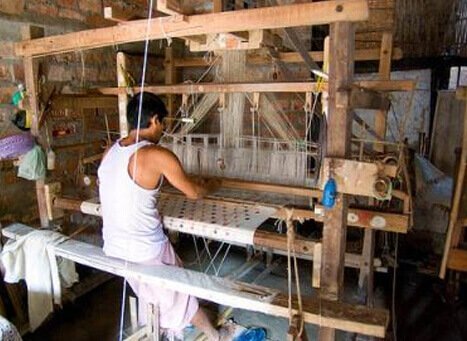
In the northern bank of the Brahmaputra, Sualkuchi, originally a peaceful village, produces textiles making it famous enough to be known as the Manchester of India. The weaver’s village focuses on making Muga silk and Pat silk. Mekhela chador and gamosas made of these plants are among the most famous products of the country. Since it is now a Handloom Heritage Village, more people are choosing it as a favorite place to visit in Assam. Silks from Eri and garments made from Endi are also renowned in this region. Many animals and plants make the village come alive and even though the buildings are rustic, Sualkuchi Village is full of charm. During the winter, many migratory birds come to Sualkuchi, so bird watching is a great activity there. A couple of budget hotels can be found in this place and their simple rooms are comfortable. Many tourists also come to see the temples and namghars in the area.
Besides the beautifully made silk, this village is recognized for the attractive scenery found all over its land. Because this place has a lot of plants and animals, nature lovers and photographers visit it. Besides these, there are holy places such as Siddheswar Devayala and Hatisatra nearby, making the town even more attractive. Sualkuchi is close to the UNESCO-designated Manas National Park which travelers can also visit.
The Best Time of Year
If you want to see the flying birds, the winter months are the best time to go to this place. From November through March, the climate is very enjoyable, but summer temperatures can be very high. There are intense rains and thunderstorms during the monsoon, so traveling here is safer avoided during that period.
3.Madan Kamdev Temple
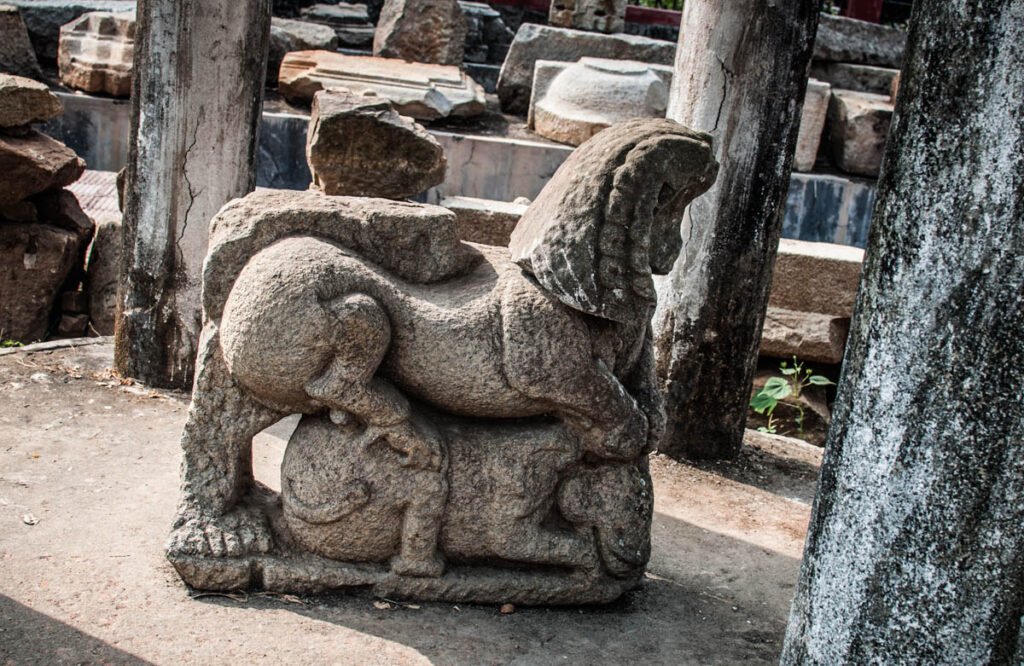
Madan Kamdev, a historical site that existed during the 10th and 12th century AD, is in Kamrup at Baihata Chariali of Assam. While archaeologists debate who built the temple, there is an argument that it was most likely made by the Pala kings–Indra Pala, Ratna Pala and Go Pala–supported by Dr. Pradeep Sharma. Ruins of the temple contained statues representing 6 headed Bhairava, 6 headed Vishnu, 4 headed Shiva and others. The temple lies beside the Mandakini River and in the area, there is a large swamp. Hindu mythology reveals that at one time, Lord Shiva burned the God of love to ashes and unexpectedly the god resurrected there. The Indian Archaeological Department discovered this place in 1977 during their excavation in the area.
The section of the ruins that remain from Madan Kamdeva is found scattered around 500 meters from any road. It included wrecking 12 temples and the main temple of Madan Kamdeva. The area is recognized for being religious as well as being part of history. Individuals fascinated by the architecture and art from long ago can also enjoy coming to the site. Another worthwhile place for travelers is Gopeshpur Temple, located near the town.
When is the Best Time to Go
Going to Madan Kamdev temple during the winter is a great plan, since the weather is very pleasant at that time. Spring is a great season to come here. Because of the heat in summer, it doesn’t seem like the best time to go on the trip. In the monsoon, location rains can cause disruption to travel plans and it’s better not to travel then.
4.Doul Govinda Temple
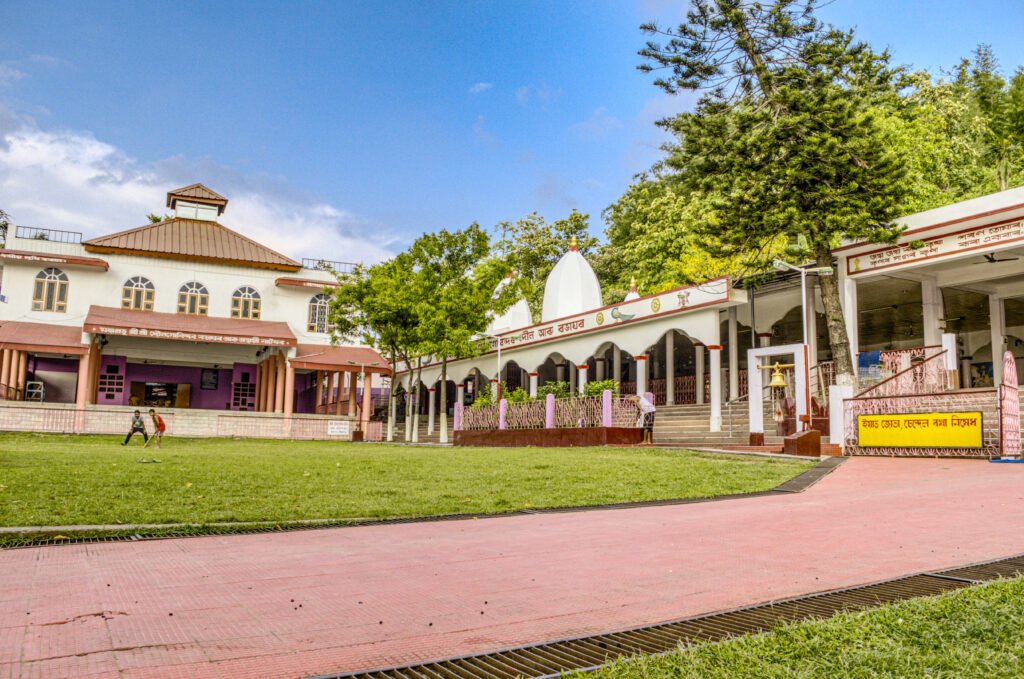
Doul Govinda Mandir is one of the well-known temples in Assam. On the foothills of Chandrabati Hills in North Guwahati, this temple is built in honor of Lord Krishna. Besides Krishna devotees, people of any faith visit the temple to admire its attractive scenery. There is a story that the deity of Lord Krishna in this temple was first taken to Radha Mandir by Ganga Ram Baruah from Sadhyasar in Nalbari.
Festivals of Lord Krishna, including Holi, are all celebrated in Vrindavan. This festival comes around for five days in India and thousands come to watch the beauty here. Janmashtami is carefully observed by Nepalese people.
After seeing the temple, you can spend the day doing some sightseeing in North Guwahati. The streets around Beacon Fier are quiet and peaceful and you will hardly find any crowds here. Just near the temple, the Brahmaputra flows and its bank is a lovely place to enjoy a picnic.
When Should I Visit?
The most exciting time to visit the Doul Govinda Mandir is during Holi. It is also possible to visit during the Janmashtami festival. Beware of monsoons because it is rainy in Assam at this time.
Related articles : Best Places to Visit in Hojai – Waterfalls, Temples & Cultural Sites
Stay Informed With the Latest & Most Important News
Previous Post
Next Post
-
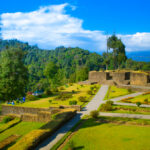 01Top 5 Best Places Visiting in Gyalshing – Monasteries, Lakes & Scenic Escapes
01Top 5 Best Places Visiting in Gyalshing – Monasteries, Lakes & Scenic Escapes -
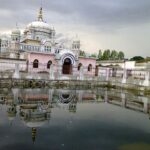 02Top 5 Best Places Visiting in Panna – Temples, Waterfalls & Wildlife Escapes
02Top 5 Best Places Visiting in Panna – Temples, Waterfalls & Wildlife Escapes -
 03Top 5 Best Places to Visit in Malerkotla – Malerkotla Fort, Sheesh Mahal & More
03Top 5 Best Places to Visit in Malerkotla – Malerkotla Fort, Sheesh Mahal & More -
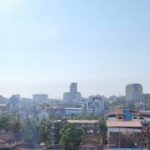 04Top 10 Best Places Visiting in Dakshina Kannad for Culture, Nature & Coastal Charm
04Top 10 Best Places Visiting in Dakshina Kannad for Culture, Nature & Coastal Charm -
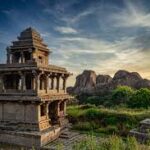 05Top 2 Best Places Visiting in Chitradurga for History, Nature & Adventure
05Top 2 Best Places Visiting in Chitradurga for History, Nature & Adventure -
 06Best Places Visiting in Shopian – Explore Top Attractions & Hidden Gems
06Best Places Visiting in Shopian – Explore Top Attractions & Hidden Gems -
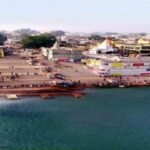 07Best Places Visiting in Narmadapuram – Temples, Waterfalls & Wildlife Escapes
07Best Places Visiting in Narmadapuram – Temples, Waterfalls & Wildlife Escapes












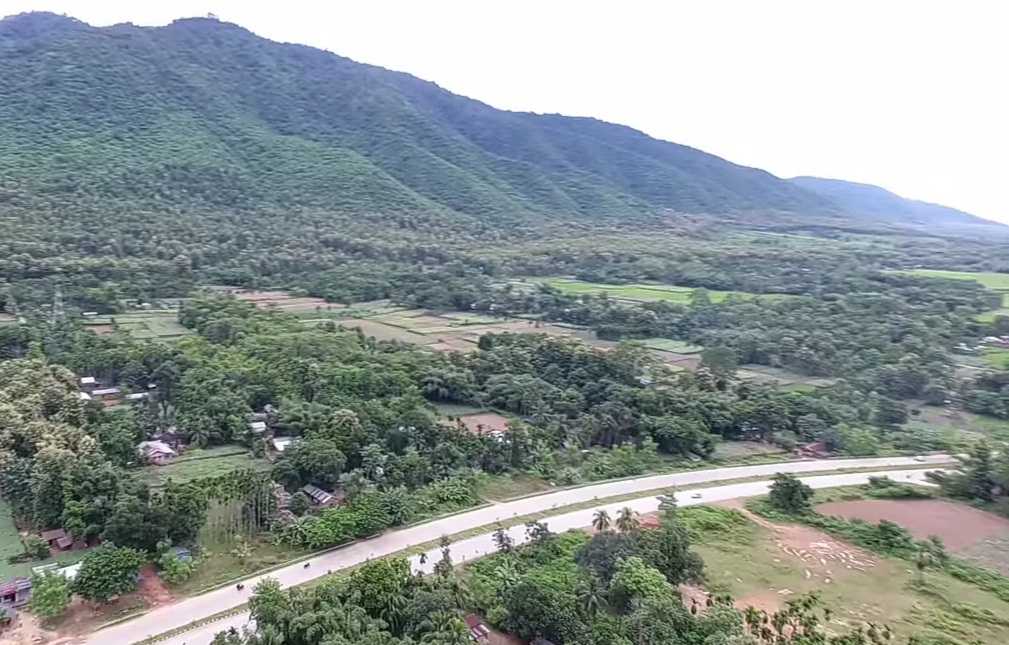
Pingback: Best Places Visiting in Kokrajhar – Explore Assam's Hidden Gem